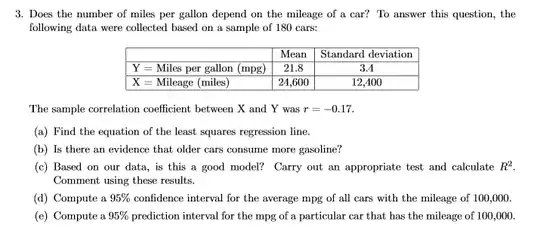At a glance your data appears to potentially have seasonality. It is another question as to the kind of seasonality structure that is appropriate.
Data like yours can arise from a model that might include seasonal ARIMA structure or seasonal dummies ... the eye can't easily sort this out: Only the data knows for sure!
What I am suggesting is that the statistical characteristics of alternative models should be employed to evaluate these two alternative approaches. This can be done by evaluating tentative alternatives including seasonal dummies that might even change over time – e.g., a "January effect" that changed at a particular point in time.
Furthermore it is always possible that both forms of seasonality are needed to render an error process free of structure (i.e., gaussian). If you wish you can post your data and I will try to help further possibly just using visual methods. If your data is confidential simply scale it.
EDITED TO ANSWER OP'S QUESTION AS TO WHAT PLOT WOULD SUGGEST THE FORM OF THE SEASONALITY:
In this case the plot that would tell you the kind of seasonality that is present would be the ACF of the first differences.



